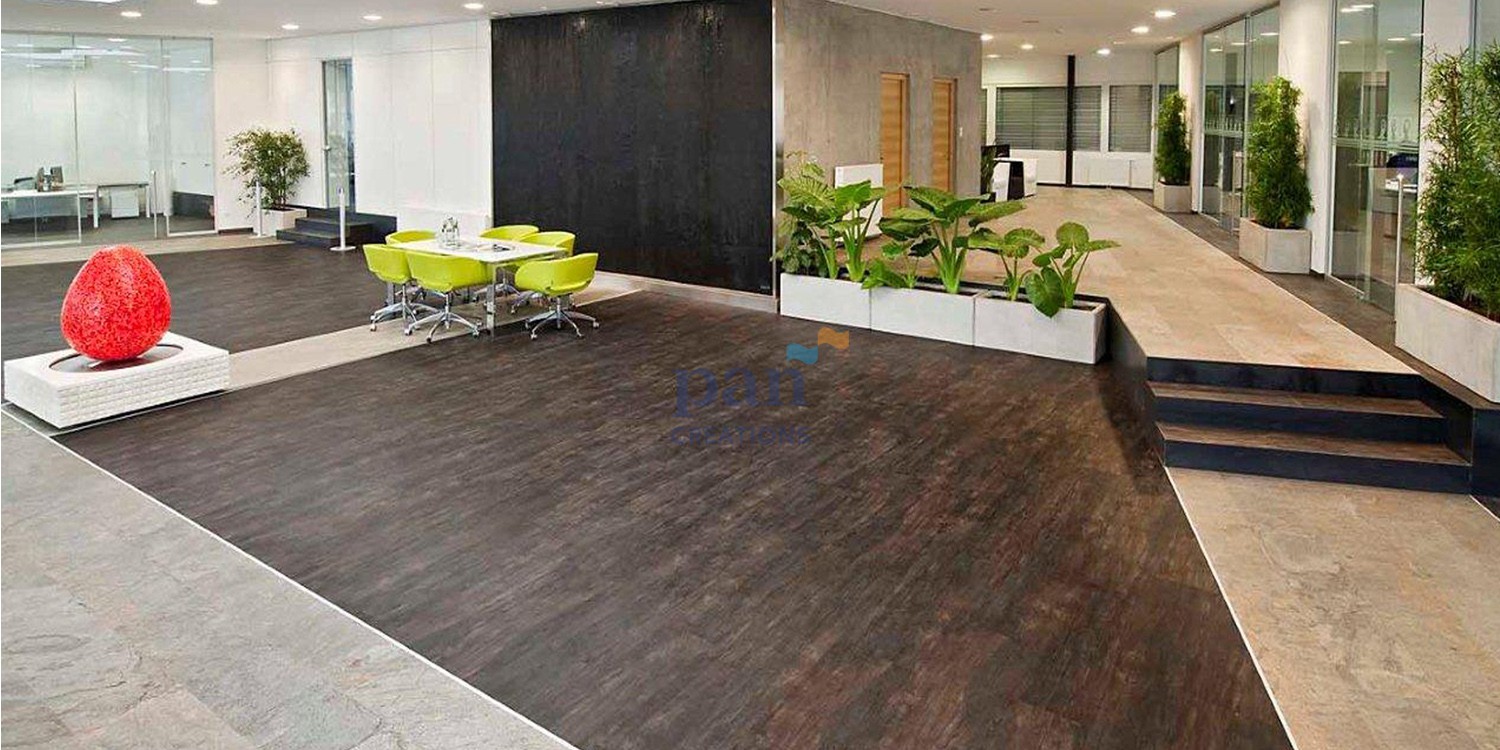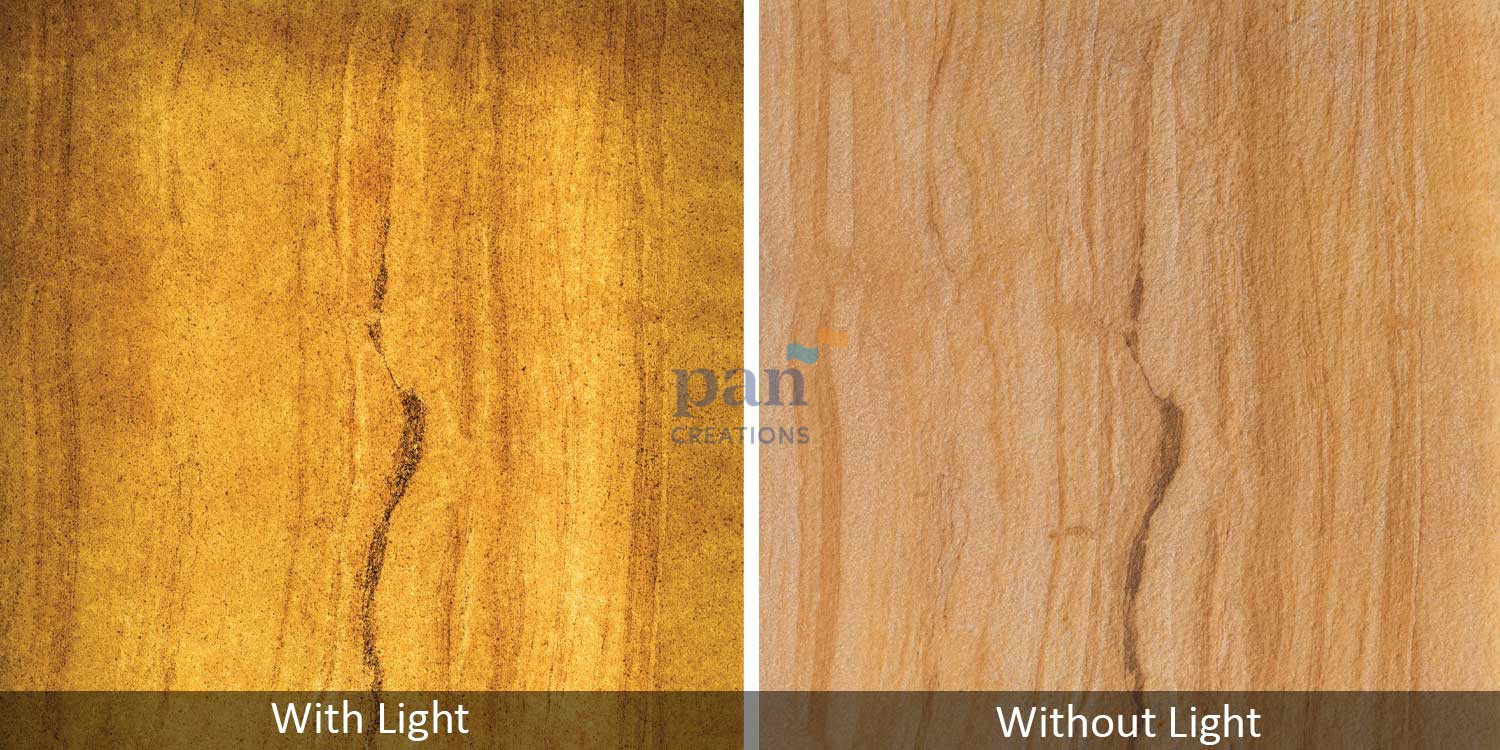Businesses across sectors like hospitality, retail, and corporate offices face constant pressure to balance visual appeal with functional efficiency. Traditional stone materials often deliver on beauty but fall short on weight and installation demands, leading to higher costs and longer project timelines. Modern surface solutions address these challenges by integrating the authentic look of natural stone with advanced lightweight engineering. These materials enable architects and designers to create striking environments without compromising structural integrity or budgets. Companies specialising in such innovations, including Pan Creations, provide options that streamline operations while enhancing long-term value.
The Role of Lightweight Materials in Contemporary Design
Lightweight surfaces have transformed how professionals approach cladding and finishing projects. In commercial settings, where downtime translates to lost revenue, materials that reduce installation time become essential. Stone-based options, when engineered thinly, maintain the tactile quality of originals while cutting weight by up to 90 per cent compared to full slabs. This shift allows for applications on curved facades or interior partitions that would otherwise require extensive reinforcements.
Operational benefits extend beyond setup. Reduced load on buildings means lower engineering expenses during planning phases. For instance, in retail fit-outs, lighter panels speed up assembly, enabling stores to open sooner and generate income faster. Maintenance is also simplified, as these surfaces resist common wear without needing frequent interventions. Professionals report that projects using such materials often complete 30 to 50 per cent ahead of schedule, directly impacting profitability.

Key Advantages for Business Applications
Adopting modern stone solutions yields measurable gains in aesthetics and performance. Durability stands out, with resistance to moisture, UV exposure, and impacts, ensuring longevity in high-traffic areas. In hospitality venues, this translates to fewer repairs and consistent appearances that support brand image.
Cost efficiency emerges as another core strength. Initial investments cover premium looks, but savings accumulate through minimised labour and transport fees. Businesses calculate returns based on extended service life, often exceeding 20 years with proper care. Aesthetic versatility further amplifies value, allowing customisation to match corporate identities or seasonal themes without full overhauls.
From an environmental standpoint, sustainable sourcing practices reduce carbon footprints. Materials derived from natural quarries, processed with minimal waste, align with green building certifications like LEED. This appeals to clients prioritising eco-responsible designs, opening doors to new markets.

Spotlight on Thin Stone Veneer Technology
Thin stone veneer represents a pinnacle in material evolution, offering a mere 1 to 2 millimetre profile that captures stone’s essence without bulk. Fabricated through precise slicing and backed with flexible substrates, it adheres seamlessly to diverse surfaces. In office lobbies, this technology creates focal walls that draw attention while keeping added weight negligible.
Architects favour thin stone veneer for its adaptability in modular systems. Panels are cut on site with standard tools, eliminating specialised equipment rentals. This practicality suits fast-paced renovations, where teams install features overnight to avoid disrupting daily operations. Durability tests confirm it withstands thermal cycling, ideal for climates with temperature swings.
Businesses integrate thin stone veneer into feature ceilings, adding depth without structural modifications. The result elevates perceived quality, influencing client perceptions positively. Suppliers like Pan Creations refine this product for consistent thickness, ensuring uniform finishes across large-scale deployments.
One practical case involves a chain of cafes using thin stone veneer for counter backsplashes. Installation took half the time of tiles, and the natural patina aged gracefully, reducing refresh cycles. Such examples highlight how this material supports scalable branding efforts.

Also, Read: Modern Decor Trends Using Thin Marble Veneer and Wood-Inspired Sheets
Exploring Thin Stone Panels in Depth
Thin stone panels are built on veneer principles but scale up for broader coverage, typically spanning 1 by 2 feet. Backed with fibreglass or polymer meshes, they flex slightly to conform to irregular substrates, a boon for heritage restorations. In retail environments, these panels line display walls, providing texture that enhances product visibility.
Engineers specify thin stone panels for their load-bearing minimalism. A single panel weighs under 2 pounds per square foot, allowing application over existing drywall without reinforcements. This feature cuts permitting hurdles, accelerating approvals in urban projects.
For operational flow, thin stone panels integrate with automated cutting lines, minimising errors and waste. Facilities report 20 per cent material savings, directly boosting margins. In corporate headquarters, they clad elevator surrounds, creating seamless transitions that guide foot traffic efficiently.
A manufacturing firm applied thin stone panels to assembly line dividers, improving acoustics while adding visual interest. The lightweight nature prevented vibrations from compromising panel integrity, maintaining a professional workspace for years.

The Appeal of Natural Stone Veneer
Natural stone veneer draws from quarried sources like slate and sandstone, preserving veining and colour variations inherent to the earth. This authenticity fosters emotional connections in spaces, vital for client-facing industries. Hospitals use it in waiting areas to evoke calm, backed by studies linking natural textures to stress reduction.
Sourcing natural stone veneer emphasises ethical mining, where quarries replenish to sustain supplies. Processors slice slabs thinly, retaining depth without excess volume. This method supports businesses aiming for transparent supply chains, appealing to informed consumers.
In practice, natural stone veneer excels on furniture accents, like reception desks, where it withstands daily contact. Cleaning protocols remain simple, using mild solutions that preserve lustre. Pan Creations sources varieties that perform consistently across humidity levels, suiting global deployments.
Commercial gyms clad equipment zones with natural stone veneer, blending rugged appeal with hygiene standards. The material’s non-porous treatment repels bacteria, aligning with health regulations while cutting cleaning labour.

Operational Benefits in Industry Use Cases
Real-world deployments underscore the practicality of these surfaces. In the hospitality sector, hotels retrofit lobby features with lightweight stone options, shortening closures to weekends rather than months. Guest feedback often highlights the upscale feel, driving repeat visits.
Retail chains experiment with seasonal installations using flexible veneers, swapping designs quarterly without demolition. This agility keeps storefronts fresh, correlating to 15 per cent sales uplifts per refresh cycle. Logistics simplify as panels ship flat, stacking efficiently for transport.
Corporate offices leverage them for branding walls, where custom cuts match logos precisely. Integration with LED lighting amplifies effects, creating dynamic entries that impress stakeholders. Energy efficiency improves, too, as lighter loads reduce HVAC demands in conditioned spaces.
Pan Creations supports these cases with tailored consultations, ensuring selections fit specific load and aesthetic needs. One client, a boutique hotel group, reported 25 per cent cost reductions on facade updates, crediting the material’s ease.

Installation and Maintenance Strategies
Effective implementation starts with surface preparation, ensuring substrates are level and dust-free. Adhesives formulated for stone bond quickly, often curing in hours. Teams use trowels for even application, avoiding air pockets that could lead to delamination.
For larger areas, staging panels dry dry-fit them first to verify alignments. This step prevents rework, saving hours on-site. Tools like utility knives suffice for trimming, accessible to standard crews.
Maintenance routines focus on prevention. Quarterly inspections spot loose edges early, addressed with targeted re-adhesion. Avoid abrasives; soft cloths with pH-neutral cleaners suffice for most stains. In high-use zones, sealants applied biannually extend vibrancy.
Businesses train staff via short videos, embedding protocols into operations. This approach minimises disruptions, keeping facilities operational.
FAQs
Q1. What distinguishes thin stone veneer from traditional stone cladding?
Ans: Thin stone veneer slices natural rock to 1 2 mm thicknesses, backed for flexibility, unlike heavy slabs that demand structural support. This enables quick installs on varied surfaces.
Q2. How do thin stone panels contribute to sustainable building practices?
Ans: Thin stone panels use less raw material and generate minimal waste during production, supporting certifications like LEED while reducing transport emissions due to lighter weights.
Q3. Can natural stone veneer withstand outdoor commercial environments?
Ans: Yes, natural stone veneer features UV and moisture-resistant treatments, performing reliably on facades for over 20 years with basic sealing.
Q4. What installation tools are needed for these modern stone solutions?
Ans: Basic tools include trowels, utility knives, and levels; no heavy machinery is required, making it suitable for in-house teams.
Q5. How does Pan Creations ensure quality in its veneer products?
Ans: Pan Creations employs rigorous quarry selection and precision slicing, with each batch tested for uniformity and durability to meet international standards.

